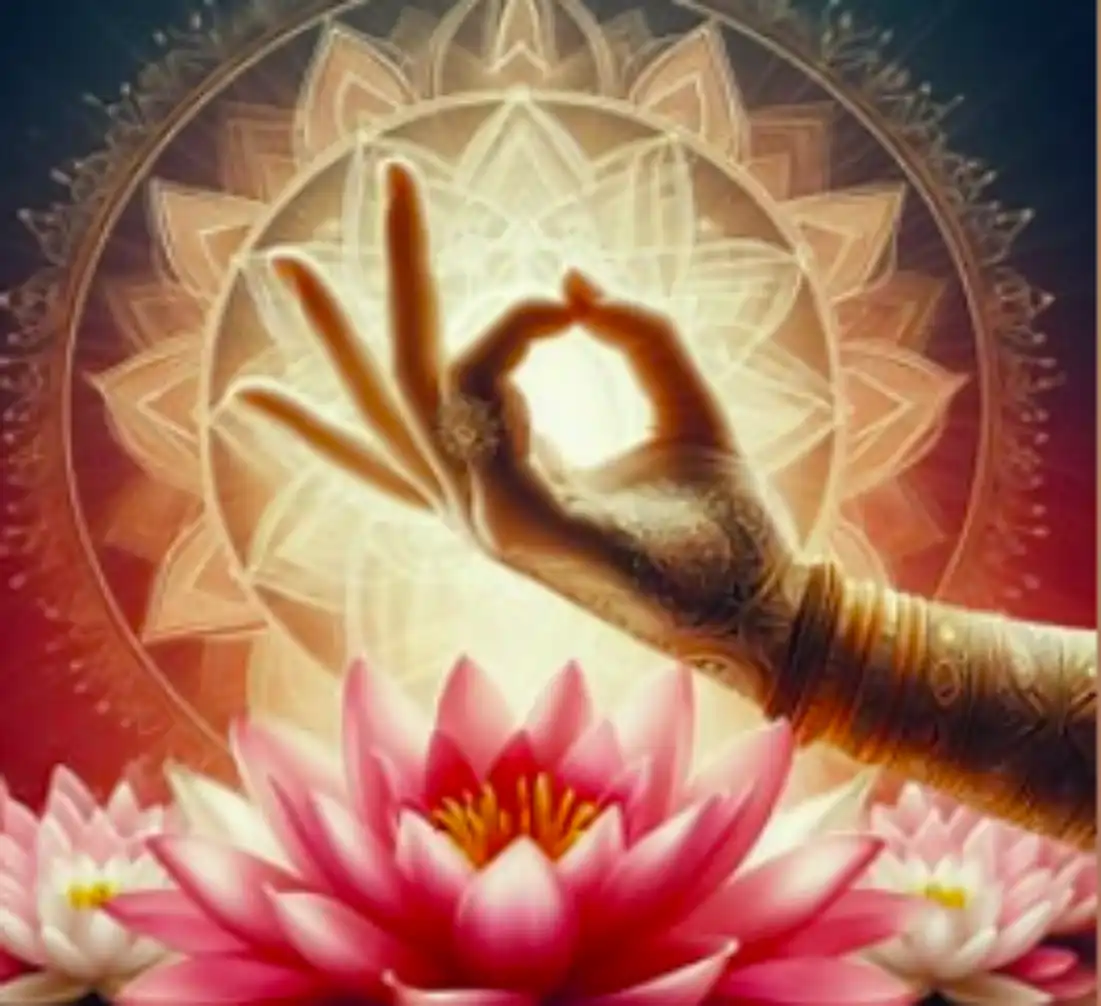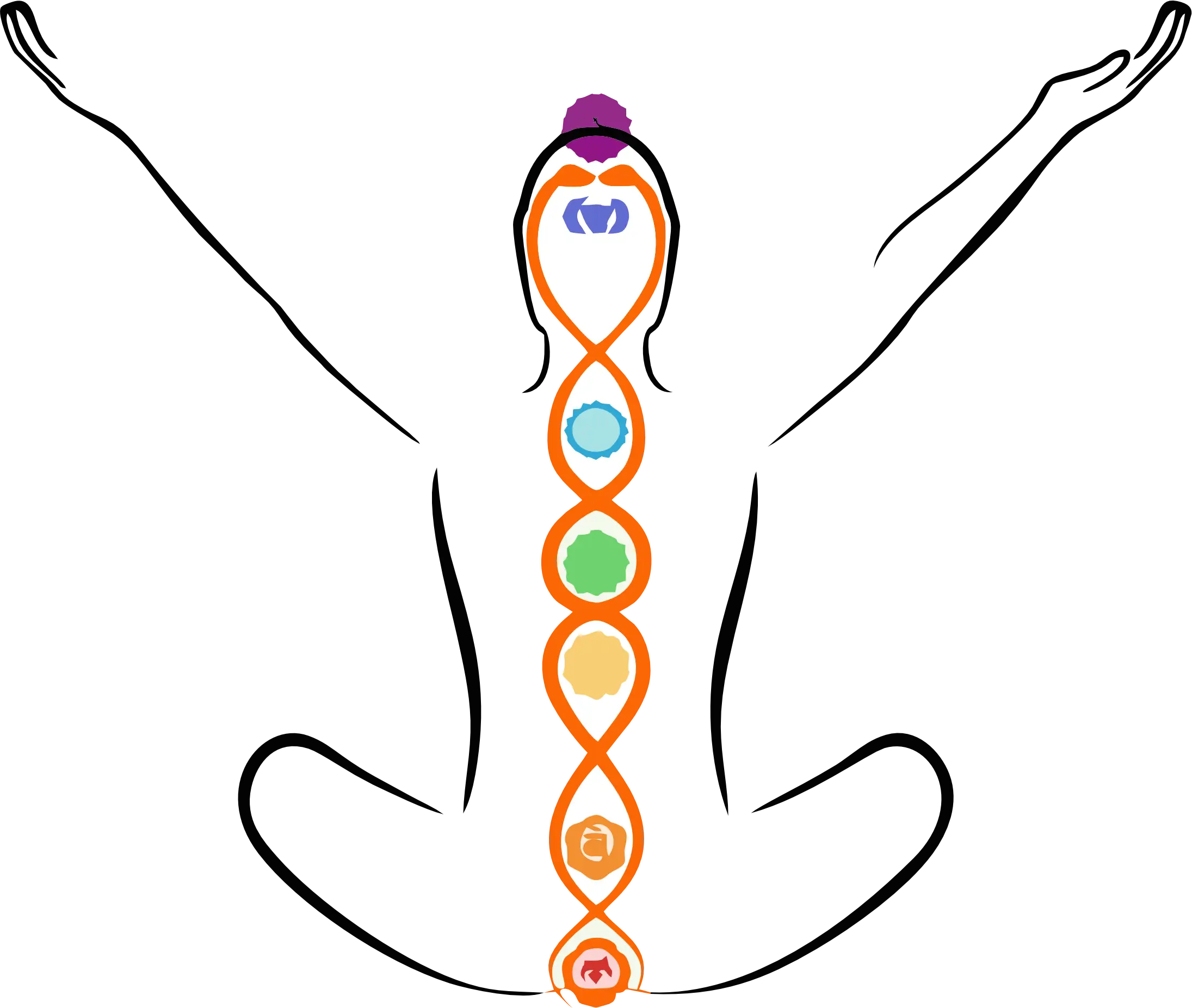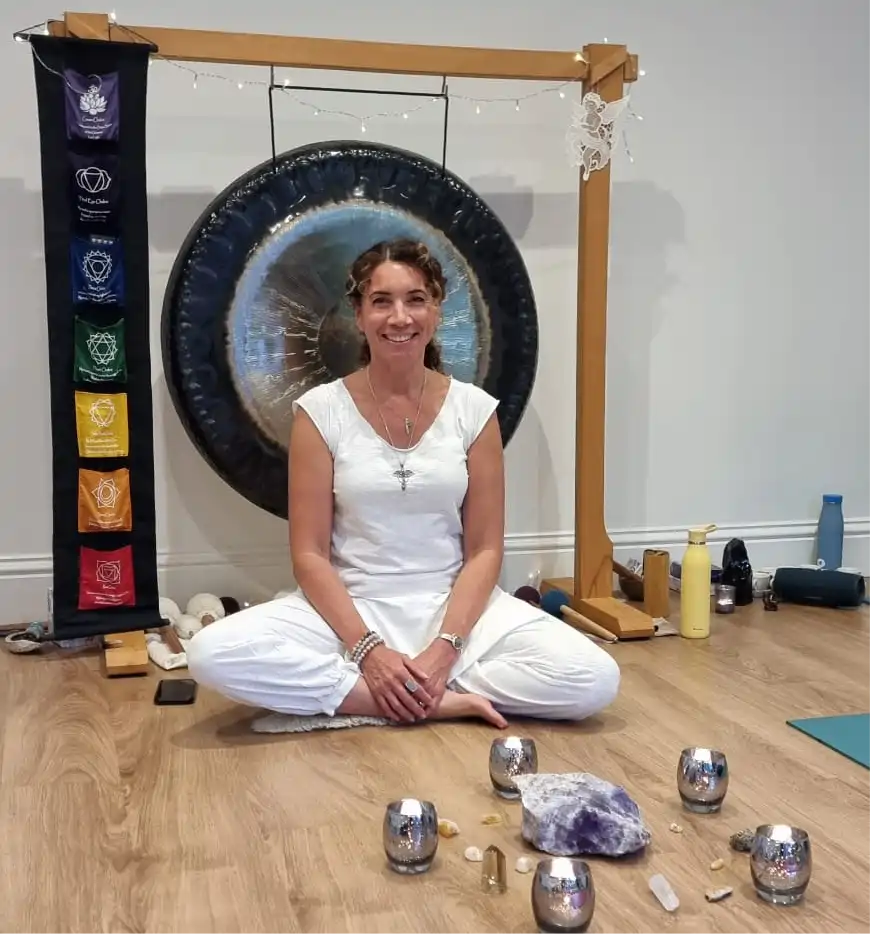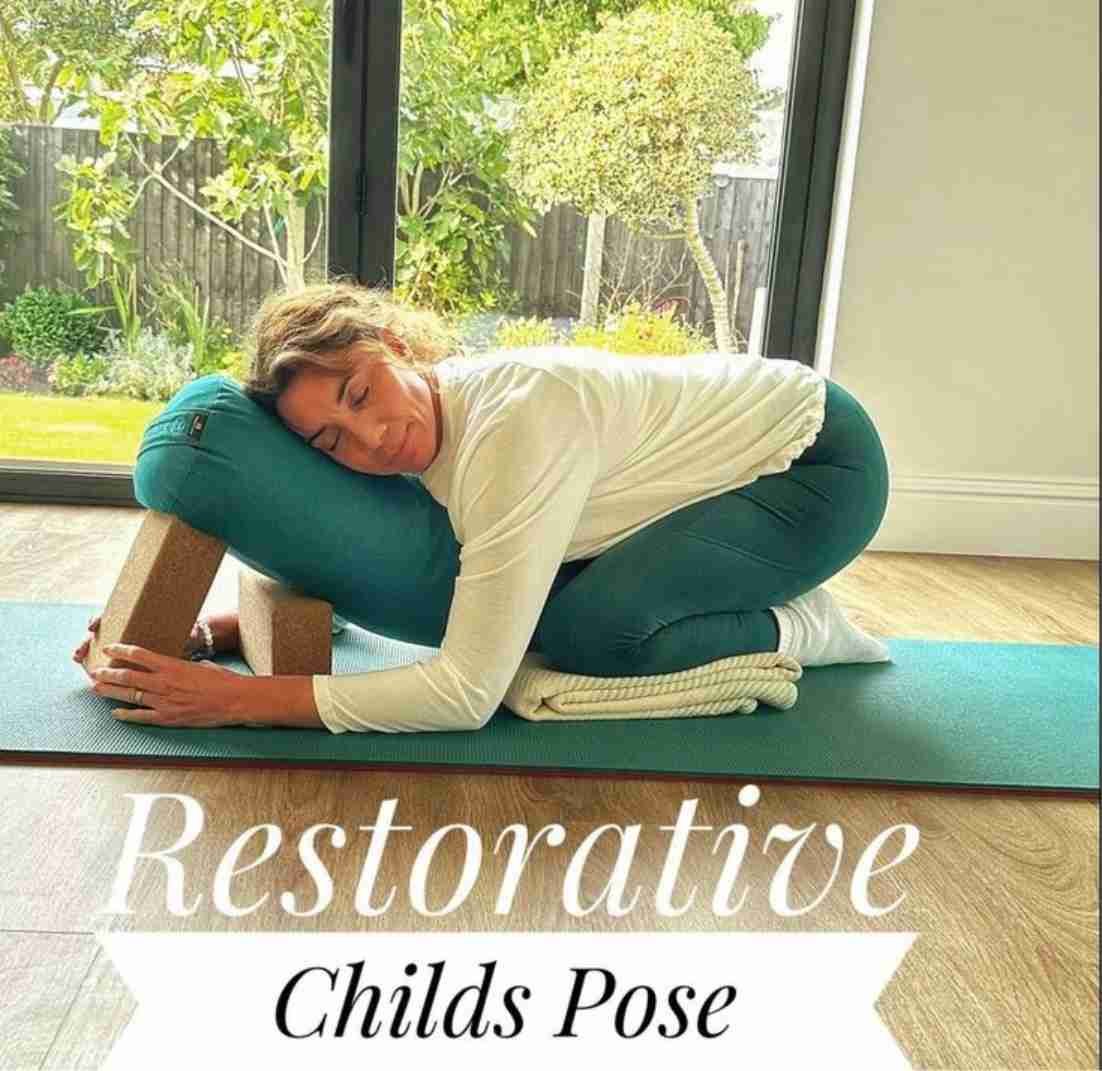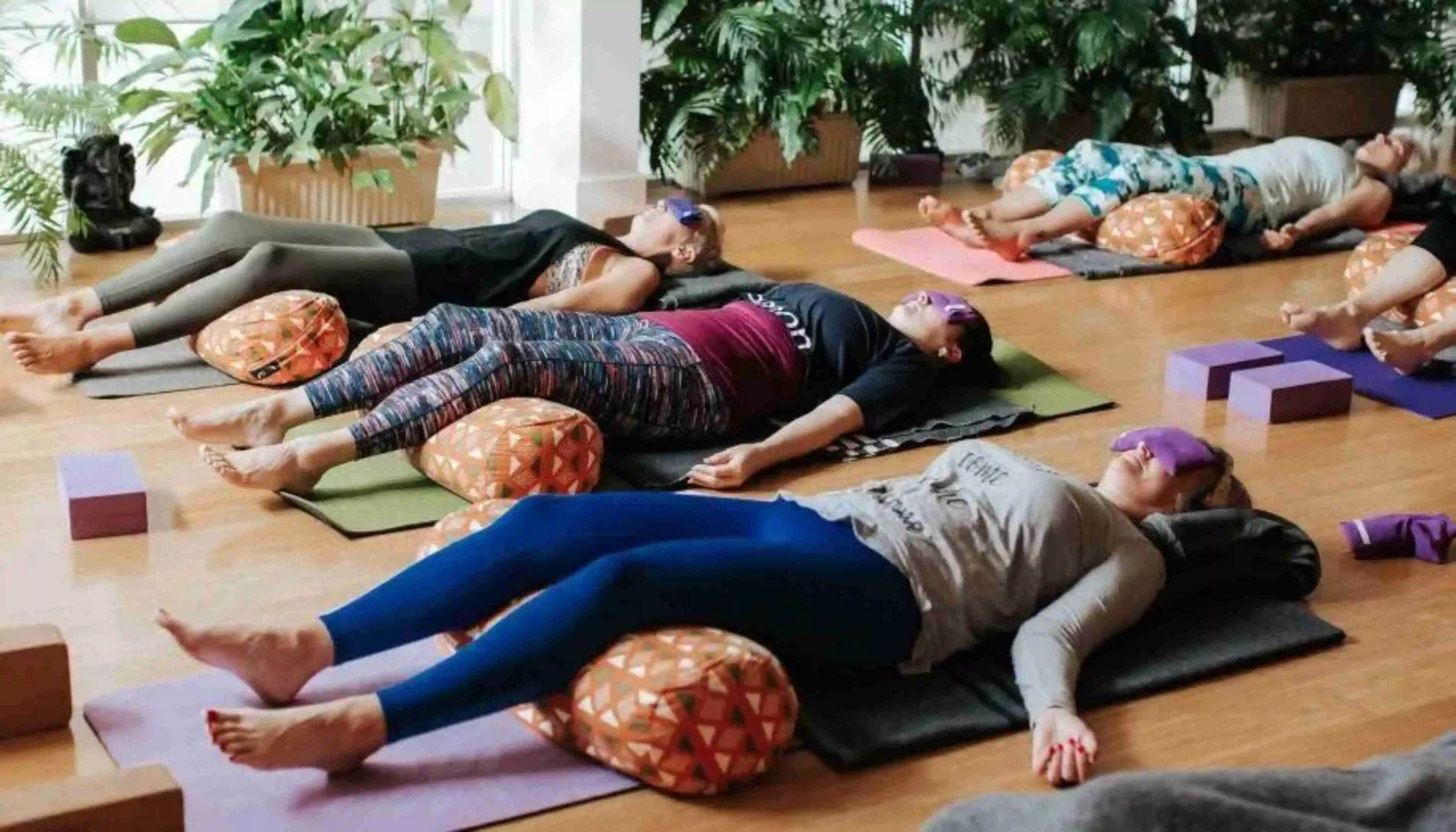Asanas (Postures)
The physical poses in Kundalini Yoga are designed to release energy and remove blocks along the spine. These postures can range from simple to complex and are often held for extended periods.
Pranayama (Breathing)
Controlled breathing exercises are central to Kundalini Yoga, with techniques such as Breath of Fire (rapid, rhythmic breathing) and alternate nostril breathing to stimulate and balance energy.
Mudras (Hand Positions)
Specific hand gestures are used to facilitate the flow of energy and focus the mind.
Bandhas (Body Locks)
These are specific contractions of muscle groups to direct energy flow within the body.
Mantras (Chanting)
Chanting mantras is used to elevate consciousness and tune into the vibrations of the universe. Common mantras include “Sat Nam” (meaning “Truth is my identity”) and “Ong Namo Guru Dev Namo” (meaning “I bow to the Creative Wisdom, I bow to the Divine Teacher within”).
Meditation
Meditation practices in Kundalini Yoga often involve a combination of breath, mantra, and focus on specific points within the body or on visualizations to calm the mind and connect with higher states of consciousness.
